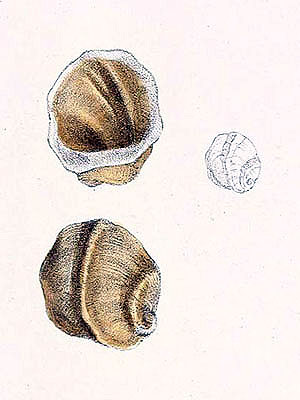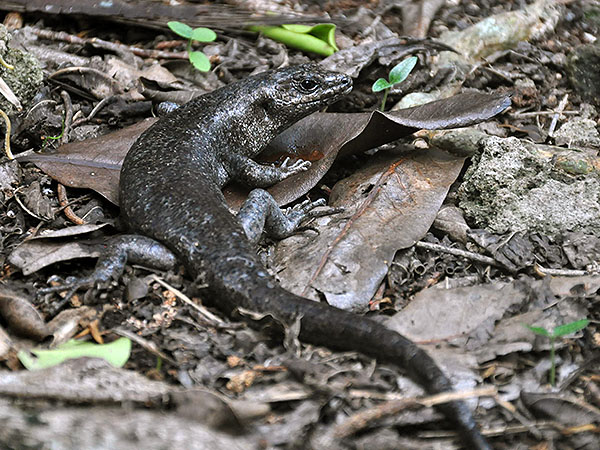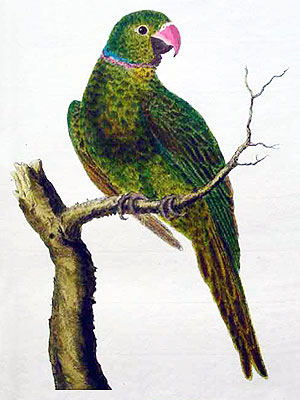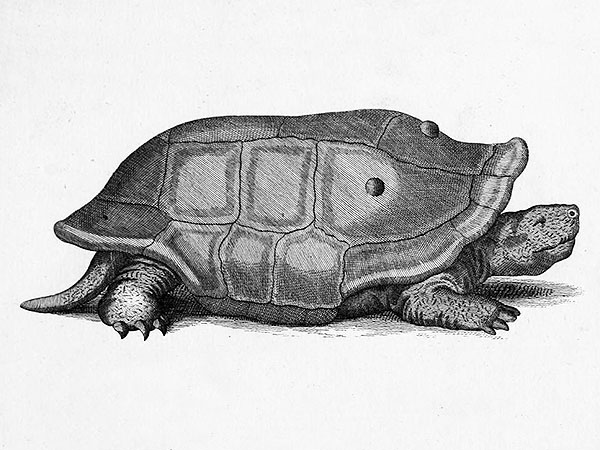Reunion Wood Rail (Dryolimnas augusti)
This species, also known as Dubois’ Wood Rail, is known from subfossil remains that were recovered from deposits in the Caverne de la Tortue, a ccave on the island of Réunion.
There is, however, one contemporary report of a “Râle des Bois“, a wood-rail, that was made in 1674 by Sieur Dubois, a French traveler, that might possibly refer to this species.
The Reunion Rail must have gone extinct shortly after that date.
*********************
References:
[1] Anthony Cheke; Julian P. Hume: Lost Land of the Dodo: The ecological history of Mauritius, Réunion, and Rodrigues. Yale University Press 2008
*********************
edited: 03.01.2024








